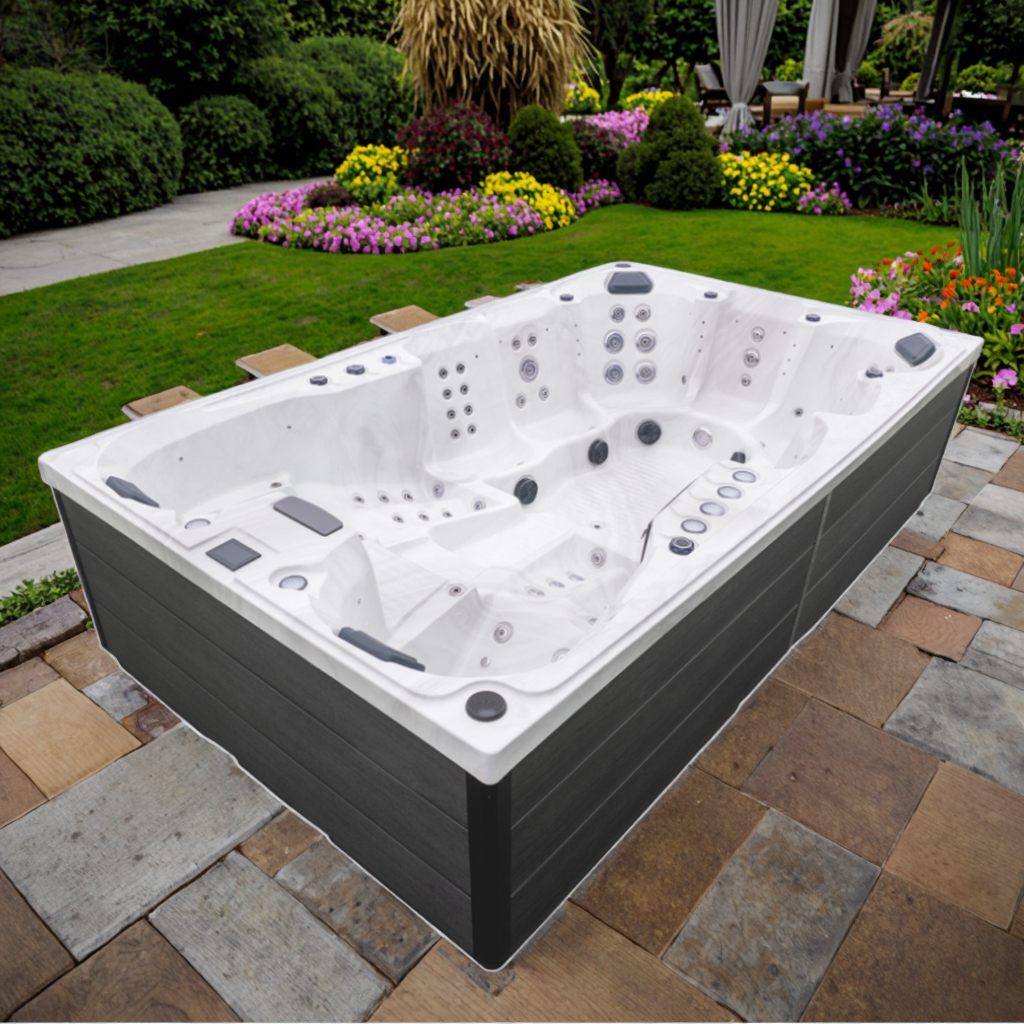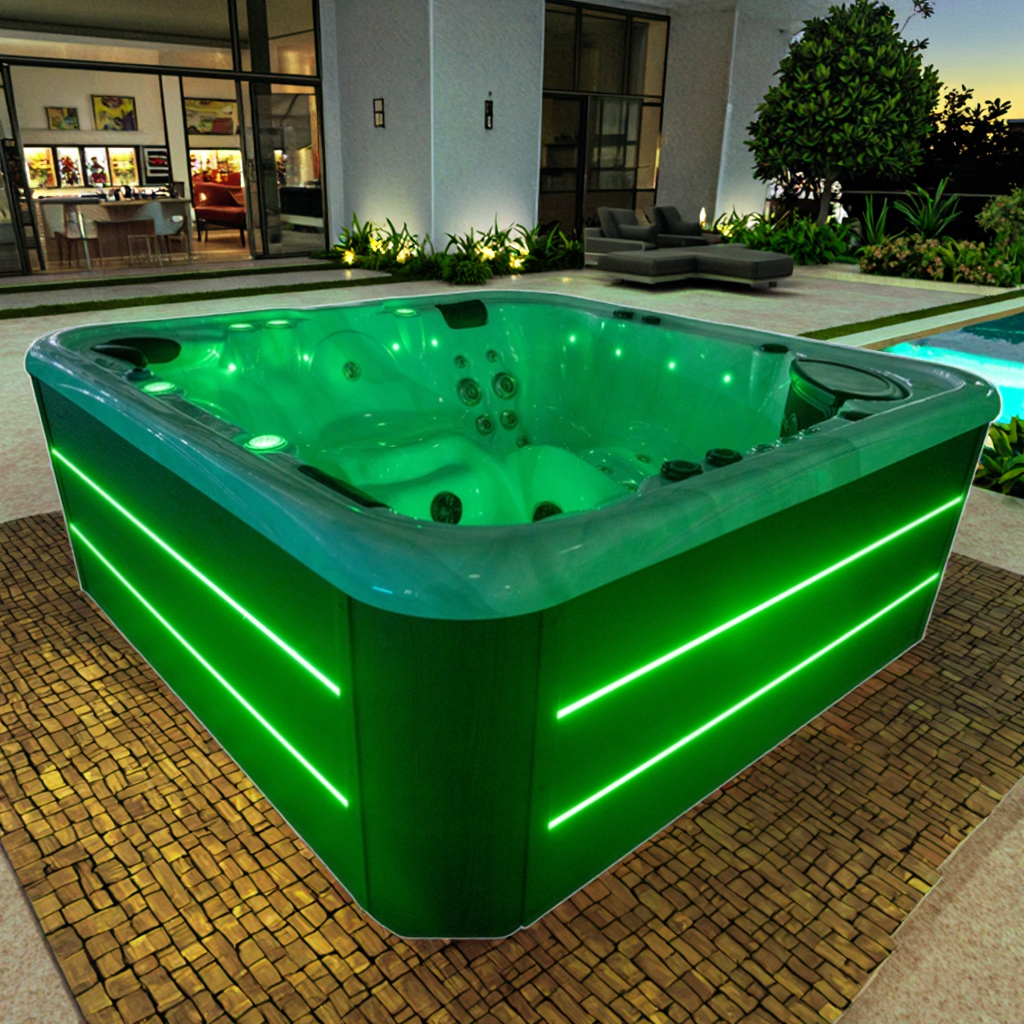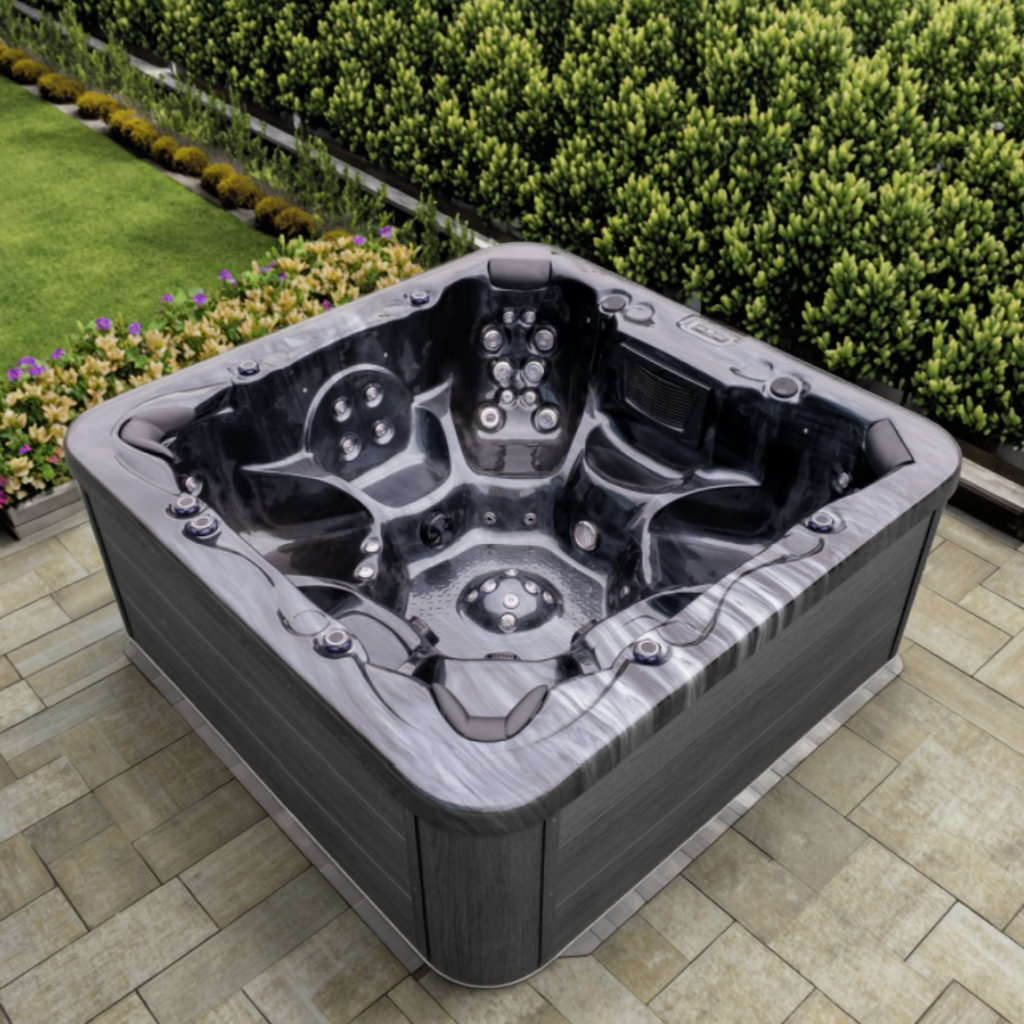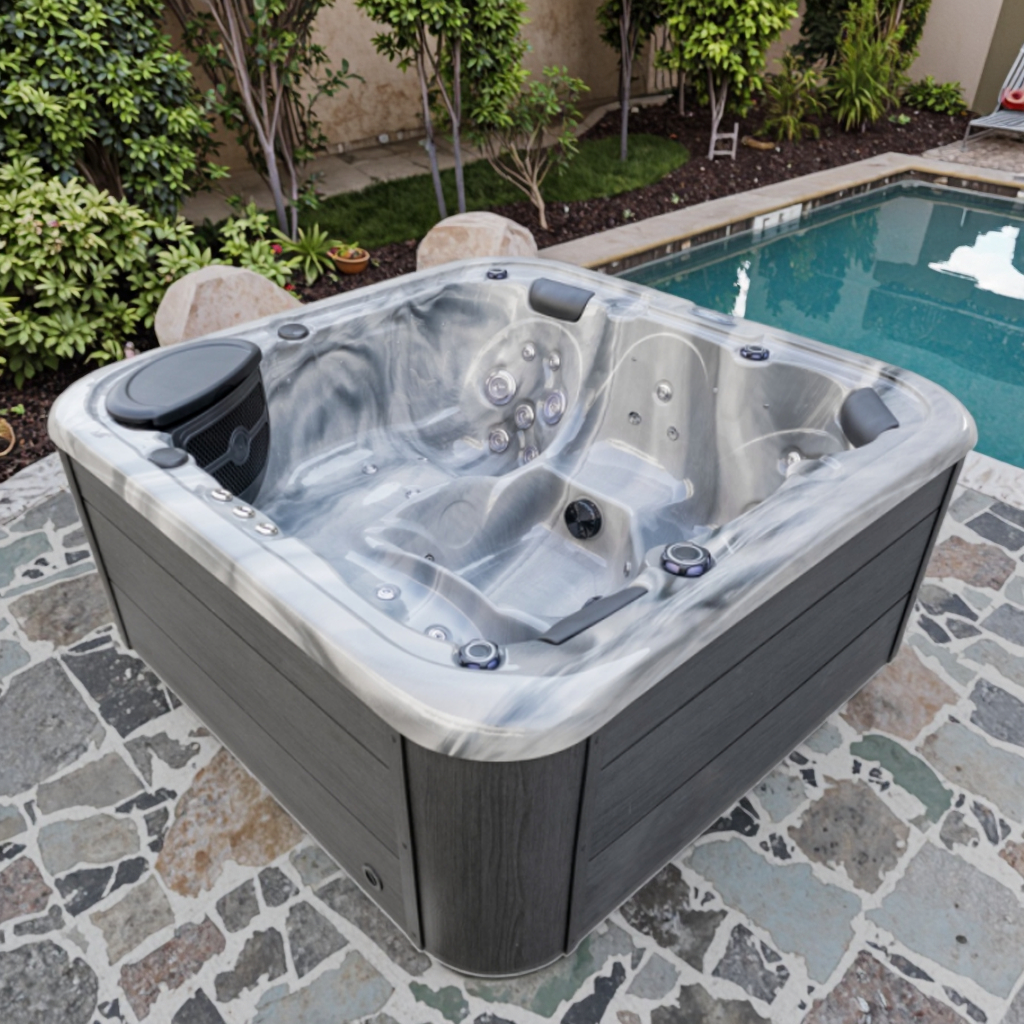
Can I leave the water in a whirlpool spa hot tub after turning it off?
2025-10-10 15:30Whirlpool spa hot tubs, a popular home relaxation device, offer a wonderful experience for relaxation. Whether it's soothing muscle aches or enjoying the comfort of hot water, whirlpool spa hot tubs have long been a staple in many homes and resorts.
Regarding the daily maintenance and use of a whirlpool spa hot tub, many people have questions about how to handle the water in the tub. For example, can I leave the water in the tub after use? Or can I leave the water in the tub for extended periods after turning it off?
This question involves multiple aspects, including water safety, hygiene, long-term maintenance, and whether it affects the tub's lifespan. To answer these questions, we'll explore the effects of leaving water in a whirlpool spa hot tub and how to properly handle it.

Water Retention in Whirlpools and Spas
1. Whirlpool and Spa Water Retention Time and Quality
The water in a whirlpool or spa is constantly circulated and heated, making it susceptible to external influences and a breeding ground for bacteria, algae, and other microorganisms. The water in a whirlpool or spa should be changed regularly, especially if it's not used for extended periods. If water remains in a whirlpool or spa for extended periods without proper treatment and circulation, it can become contaminated, posing a range of potential health risks.
It's generally recommended that water not be left in a whirlpool or spa for extended periods. For most households, if the whirlpool or spa is not used for extended periods (for example, during the winter or during summer), it's recommended that the water be replaced every two to four weeks. This is because even if the water appears clear, it can harbor bacteria and algae, which multiply rapidly in warm environments.
2. The Impact of Water Temperature on Water Quality
The heating system in a whirlpool or spa keeps the water temperature high (typically 37-40°C). Such temperatures create an ideal environment for bacterial and algae growth, especially when the water circulation system is turned off. If water remains in the tub for extended periods, the warm water can accelerate the growth of harmful substances. Bacteria, mold, and even viruses can rapidly multiply in such an environment, posing a health risk to the user.
Furthermore, dissolved minerals and chemicals in water that remains in the tub for extended periods can accumulate over time, forming scale or corrosive substances that can damage the tub's pipes and heating elements.

The Dangers of Leaving Water in a Whirlpool Spa Hot Tub for an Extended Period
1. Bacterial and Algae Growth
Without proper filtration and circulation, bacteria, mold, and algae in water can grow on the surface and inside the pipes. Even if the water appears clear, it can harbor bacteria and other microorganisms that can harm the skin and respiratory system. Common waterborne illnesses (such as skin infections and fungal infections) can develop due to water contamination, and in severe cases, can even lead to more complex health problems.
2. Scale Accumulation
Extended periods of stagnant water in a whirlpool spa hot tub can also cause mineral deposits and scale to form. This scale not only affects water flow but can also damage the tub's heating elements and pump, leading to reduced efficiency or even damage. Scale accumulation also affects water temperature distribution, increasing the strain on the heating system and accelerating equipment aging.
3. Odor and Foul Taste Generation
In unfiltered and uncirculated water, the activity of bacteria, algae, and other microorganisms can cause odors. Organic matter and dirt in the water can decay, creating unpleasant odors that affect the tub's user experience and potentially impact the air quality in the room.

How to Properly Care for Water in a Whirlpool Spa Hot Tub
1. Regular Water Changes
To prevent water contamination and equipment damage, it's crucial to regularly change the water in your whirlpool spa hot tub. For home users, it's recommended to change the water every two to four weeks, especially after extended periods of inactivity. Each time you change the water, in addition to discarding the old water, you should also thoroughly clean the tub to ensure there's no residual scale or harmful substances.
2. Cleaning the Spa Hot Tub's Filtration System
Whirlpool spa hot tubs are equipped with a specialized filtration system to remove impurities and contaminants from the water. Regularly cleaning and maintaining these filtration systems ensures water purity and prevents the growth of microorganisms and algae. When changing the water, it's recommended to also inspect and clean the filters to ensure they are functioning properly.
3. Maintaining Water Disinfection and Purification
After each use, you can use spa-specific disinfectants and sanitizers to keep the water clean. Common disinfectants include chlorine or bromine, which effectively kill bacteria and viruses in the water, maintaining water quality. When the whirlpool spa hot tub is not in use, you can also reduce the water temperature and use chemicals to inhibit bacterial and algae growth.
4. Precautions When Closing the Spa Hot Tub
When the whirlpool spa hot tub is not in use for an extended period, you can turn off the tub's heating and circulation systems, lower the water temperature, and, if necessary, add water treatment agents (such as disinfectant) to prevent the growth of microorganisms in the water. However, water should not be left in the tub untreated. Regularly changing the water and maintaining water cleanliness are important steps in spa hot tub maintenance.

How to Prevent Hot Tub Water Quality Problems
In addition to regularly changing the water and cleaning the filtration system, there are other ways to help prevent water quality problems.
1. Install Water Quality Monitoring Devices
Some modern whirlpool spa hot tubs are equipped with water quality monitoring devices that monitor the pH, chlorine content, and other chemical concentrations in the water in real time. Using these devices can help you identify water quality issues promptly and make appropriate adjustments to maintain clean and hygienic water.
2. Use Water Treatment Chemicals
To maintain water cleanliness, use specialized water treatment chemicals that effectively kill bacteria, remove contaminants, and maintain clarity. For example, chlorides and bromides are commonly used to disinfect and clean spa water, effectively inhibiting the growth of bacteria, algae, and other microorganisms.
3. Keep the Bathtub Clean
Regularly cleaning the bathtub's interior surfaces and filtration system is crucial for maintaining clean water quality. A thorough cleaning and disinfection is especially important after extended periods of non-use. Use specialized bathtub cleaners and avoid chemicals that can damage surfaces.
Can I get customized spa products from your company?
Absolutely. Lovia Spa has been a professional manufacturer and exporter since 1989, with the capability to supply customized designs, shell colors, jets, and accessories for your market needs. Our factory offers OEM and ODM services at competitive prices while keeping high standards of safety certifications.
Buyers can request quotes for personalized spa solutions, benefiting from reliable warranties and professional after-sales service. Wholesale purchasing ensures both discount opportunities and timely delivery from our Guangzhou factory.
